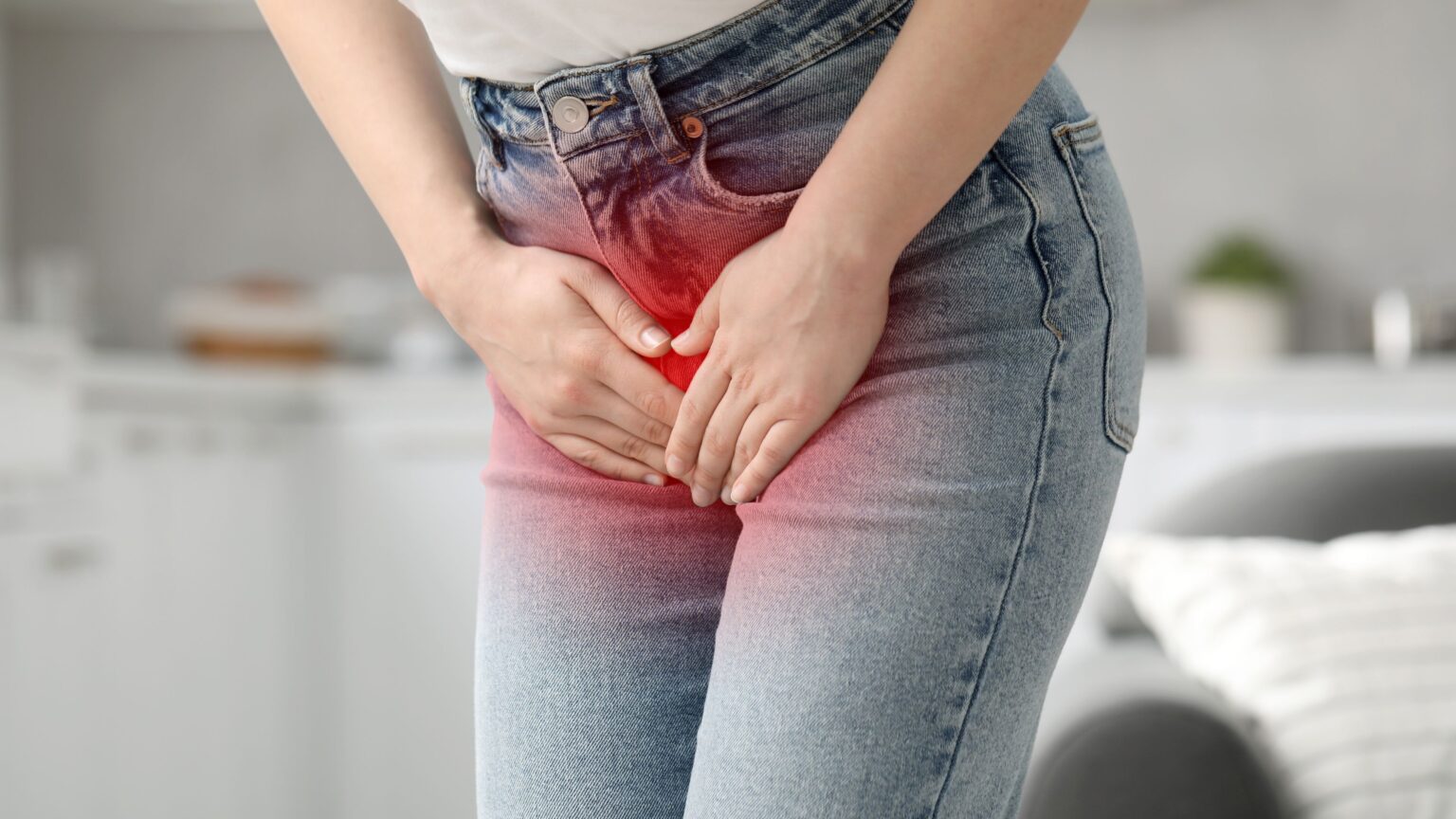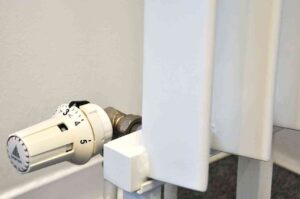Here’s the translation into American English:
—
Urinary incontinence is a condition that affects nearly 3 million people in Spain, an issue often addressed in silence and with a degree of shame. According to recent data from the National Incontinence Observatory and the Spanish Urology Society, its prevalence rises to 24% in women and 16% in men. Dr. Maitane Gil Azkarate, a urologist and expert in urodynamic studies at the Quirónsalud Bizkaia Hospital, states that incontinence should not be considered a natural part of aging, as there are effective treatments that can improve the quality of life for those who suffer from it.
This condition can have a significant impact on the daily lives of those affected. Many people experience restrictions in their social and sports activities, and may even be disturbed in their nighttime rest. “It is common for individuals to change their routines or refrain from leaving home due to this condition, which in turn affects their emotional well-being,” explains Dr. Gil. This situation highlights the need for those suffering from incontinence to seek medical attention and speak openly about their condition in order to receive the proper diagnosis and treatment.
There are various forms of urinary incontinence, with the most common being stress incontinence, which occurs during physical activities like coughing or laughing, and urge incontinence, characterized by a sudden, strong need to urinate without warning. In some cases, these can be combined, resulting in what is known as mixed incontinence.
The factors contributing to this condition are multiple and can include age, pregnancies, obesity, chronic constipation, certain surgeries, neurological disorders, and some medications, such as diuretics. Dr. Gil emphasizes that incontinence should never be normalized and that it is crucial to consult a specialist when symptoms appear.
The diagnosis typically begins with a clinical examination, and in some cases, urodynamic studies are required to assess the functioning of the bladder and urethra. These studies are essential for determining the most appropriate treatment for each patient.
In recent years, treatments have progressed toward a more personalized approach. Options range from changes in daily habits and pelvic floor rehabilitation to medications and surgical procedures like mesh implantation. Dr. Gil also notes that small adjustments in habits, such as reducing liquid intake before bedtime or avoiding irritating foods, can significantly alleviate symptoms.
To bring visibility to this important topic, Dr. Gil has participated in the podcast “Urinary Incontinence Without Taboos,” where she addresses various issues related to this condition, its types, causes, and possible treatments, providing a professional perspective on a problem that, while common, is often ignored in everyday conversations.
Source: MiMub in Spanish











